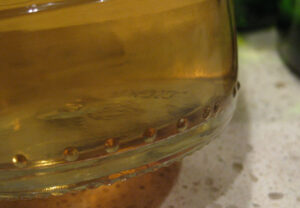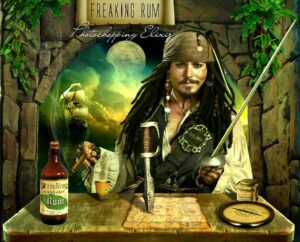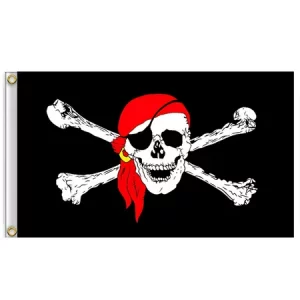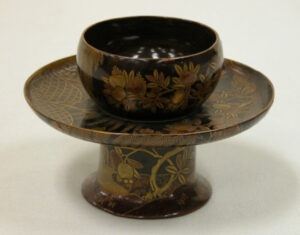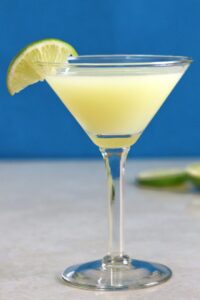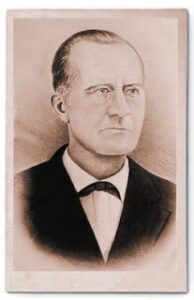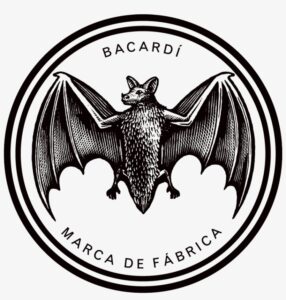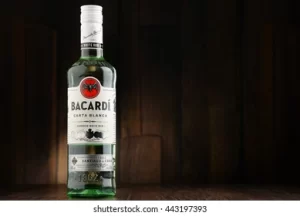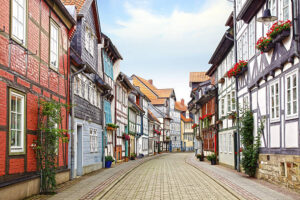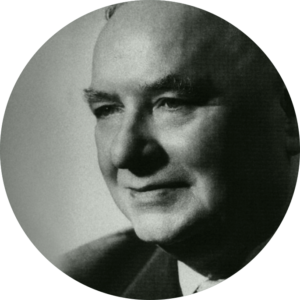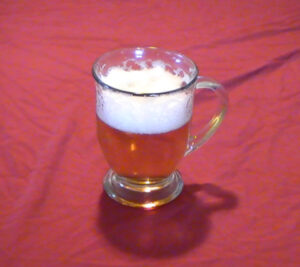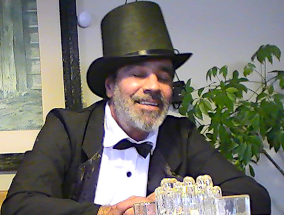Toast History – Cheers!

“‘Nats daroia’ Harold!”, Dr. Wetbrain yelled holding up his beer into the air. Harold stood up and clinked his beer with him and had a drink. Harold yelled ‘Napidabora’, trying to imitate the doctor.
“You said it wrong”, Dr. Wetbrain stated. Time for toasting ‘Cheers!’ history and language lessons.
Two people and a clink of a drink from their glasses, also a yell of ‘Cheers’ in honor of a toast perhaps at a wedding, a good business deal, an honor of congratulation or to a special person. “Here’s looking at you kid”, Humphrey Bogart to Ingrid Bergman in Casablanca. Clink!
Merriam-Webster dictionary has a great definition for a toast – A shout of hope, applause, or encouragement.
History of Cheers
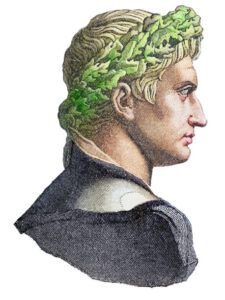
In the 1st century BC, the Roman Senate decreed to all to have a drink to the health of Emperor Augustus at every meal. Harold apparently tries to do this all the time.
The first recorded ‘Toast’ in England in the 12th century was by Geoffrey of Monmouth. He wrote that Renwien, daughter of British King Vortigern declared ‘Waes Hael’. Which meant good health. The Saxons continued the ‘Waes Hael’ toast every holiday with a bowl of wine. Awe the good old days.
Some thought the drinking toast began in ancient Greece, honor the Gods. Or there is the Medieval Ages where clinking 2 glasses one of them would spill some of its poison into the other glass. Mysterious murder perhaps. How sneaky!
The praise word ‘cheers’ was from the 18th century French ‘chiere’, meaning face or head, used to express happiness and encouragement.
Toasting Cheers! In different languages.
English – Cheers – Cheers! To your health, bottoms up.
Costa Rica – Pura Vida – poora vida – Cheers.
Filipino – Tagay – Ta gay – Drink.
Finnish – Kippis – kip piss.
German – Prost – prohst – Cheers!
Greek – Yamas – Ya mas – Good health.
Italian – Salute or Cin Cin – Cheen cheen – Cheers.
Japanese – Kanpai – Kan pie – Cheers or Empty the glass.
Mandarin – Ganbei – Gan bay – Cheers, dry cup or bottoms up.
North Korea – No cheers there! They don’t even drink or smile for that matter.
Portuguese – Saude – Saw oo de – to your health.
Russian – Nahz Drovia – Natz drovia – Cheers!
Spanish – Salud – sah lud – Good health.
Swedish – Skal – skawl – Cheers!
A personal drinking toast somehow brings people closer to each other. Cheers! Clink!

 Dr. Wetbrain was reminiscing one day while sipping on a beer bottle. His thought drifted to the “Stubbie’s”. Beer bottles never had a tall neck at one time. It was in the 1980’s when the tall neck became popular. Twist top cap bottles were already used in the 1960’s but never got popular till much later. Thanks to the tall neck bottles. I remember using lighters and seatbelts for stubby bottle openers. Seen people using boards and their eye socket to open beer bottles. What the??!
Dr. Wetbrain was reminiscing one day while sipping on a beer bottle. His thought drifted to the “Stubbie’s”. Beer bottles never had a tall neck at one time. It was in the 1980’s when the tall neck became popular. Twist top cap bottles were already used in the 1960’s but never got popular till much later. Thanks to the tall neck bottles. I remember using lighters and seatbelts for stubby bottle openers. Seen people using boards and their eye socket to open beer bottles. What the??!